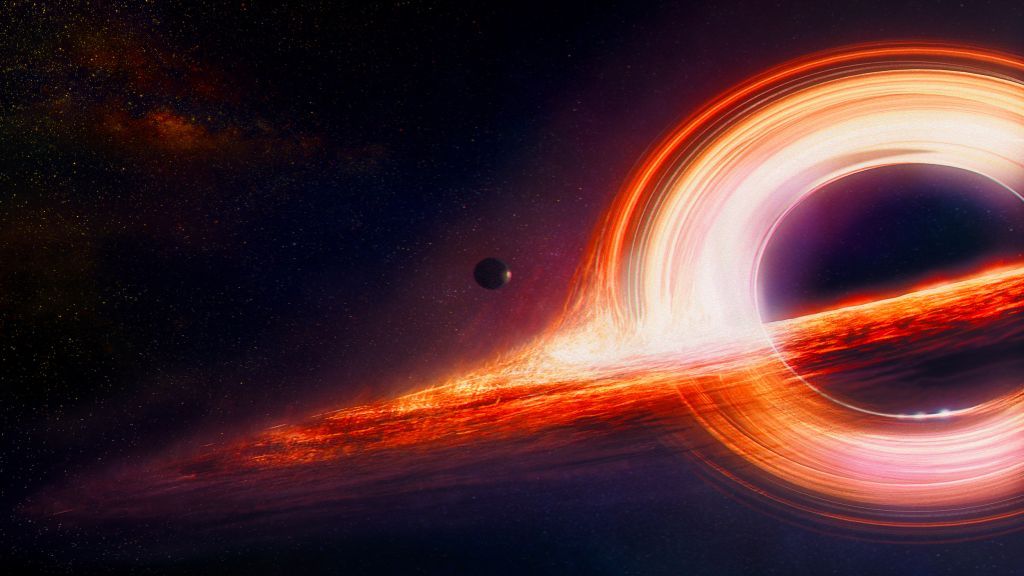The Terminator movies have brought fans sci-fi greatness with cyborg assassins, excellent action scenes, and honestly, some great laughs. Arnie wasn’t wrong, we did keep coming back for more… but what would a ranking list of The Terminator franchise look like? Well, fortunately, we’ve rewatched all six of The Terminator movies (thanks to our The Terminator streaming guide) to create this ultimate list from worst to best, so you don’t have to – because sadly we don’t all have access to time travel. Whilst there have been some truly magnificent…
Read MoreMonth: January 2022
What’s next for NASA’s James Webb Space Telescope after its nearly million-mile journey to destination
NASA’s James Webb Space Telescope has reached its deep-space destination, but it’ll be a while yet before the $10 billion observatory starts its science work. On Monday (Jan. 24), Webb slipped into orbit around the Earth-sun Lagrange Point 2, a gravitationally stable spot in space about 930,000 miles (1.5 million kilometers) from our planet. The arrival ended a month-long journey for the highly anticipated observatory, but there are still a lot of boxes to tick before Webb gets down to business. “We expect the first science images from JWST to…
Read MoreThe James Webb Space Telescope Has Arrived at Its Destination
Fully deployed, the James Webb Space Telescope arrived at its new home today, in a halo orbit around the Earth-Sun L2 Lagrange point. The post The James Webb Space Telescope Has Arrived at Its Destination appeared first on Sky & Telescope.
Read MoreNASA Pays Tribute to Fallen Heroes with Day of Remembrance
NASA will honor members of the NASA family who lost their lives while furthering the cause of exploration and discovery, including the crews of Apollo 1 and space shuttles Challenger and Columbia, during the agency’s annual Day of Remembrance Thursday, Jan. 27.
Read MoreNASA Spinoffs Help Fight Coronavirus, Clean Pollution, Grow Food, More
NASA’s mission of exploration requires new technologies, software, and research – which show up in daily life.
Read MoreStudying the ‘Lost Habitable’ World of Venus
NASA’s Jet Propulsion Laboratory is designing mission concepts to survive the planet’s extreme temperatures and atmospheric pressure.
Read MoreExploring a Magnetospheric Origin for Fast Radio Bursts
Astronomers are starting to close in on the origins of fast radio bursts — powerful, fleeting flashes of radio waves seen at extragalactic distances. The post Exploring a Magnetospheric Origin for Fast Radio Bursts appeared first on Sky & Telescope.
Read MoreThe James Webb Space Telescope glides to its deep-space parking spot today!
Today’s the day: Nearly a month after launch, the James Webb Space Telescope will arrive at its deep-space celestial destination on Monday (Jan. 24). Webb will be orbiting Earth-sun Lagrange Point 2 (L2), which is about 930,000 miles (1.5 million kilometers) away from our planet. Here, the spacecraft can use a minimum of fuel to orbit thanks to its alignment with the sun and Earth. NASA will not be broadcasting from mission control during the burn, as the agency did for some previous key milestones. However, NASA plans to carry several follow-up…
Read MoreA killer comet strikes Manhattan in new prank video for Netflix’s ‘Don’t Look Up’
New York-based director Michael Krivicka is a guy whose expertise in creating award-winning tie-in prank videos for corporate clients has become legendary over the last few years. Having already produced hilarious urban stunts for Netflix’s “Sweet Tooth,” Sony’s “Spider-Man: Homecoming,” Warner Bros.’ “Geostorm,” Digital Extreme’s “Warframe,” and Fox’s “The X-Files,” the filmmaker and his crew were primed to end 2021 in style with their latest attempt to fool gullible New Yorkers. After the success of their “Sweet Tooth” stunt last year, Netflix reached out to Krivicka’s company with a new…
Read More40 quintillion stellar-mass black holes are lurking in the universe, new study finds
Scientists have estimated the number of “small” black holes in the universe. And no surprise: It’s a lot. This number might seem impossible to calculate; after all, spotting black holes is not exactly the simplest task. Because they’re are as pitch-black as the space they lurk in, the light swallowing cosmic goliaths can be detected only under the most extraordinary circumstances — like when they’re bending the light around them, snacking on the unfortunate gases and stars that stray too close, or spiraling toward enormous collisions that unleash gravitational waves.…
Read More
